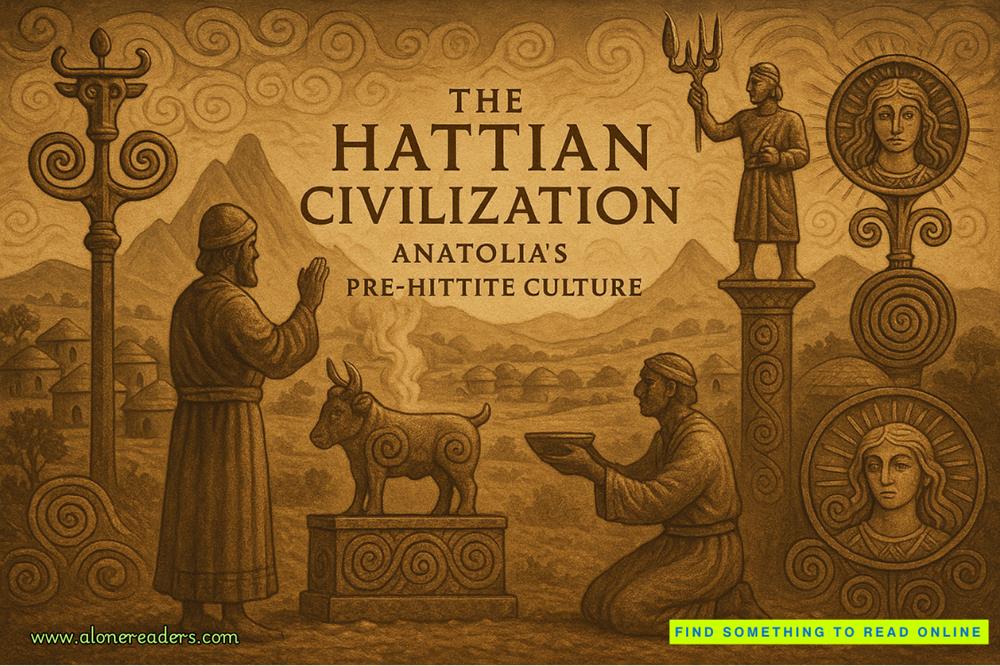“What, and miss all this fun?” I said. “Not to mention the big salary and benefits. The generous vacation time. I quit.”
“You can’t quit, Mapstone,” Peralta said. “That’s an order, too.”
Kimbrough said, “You’re a former sheriff, Mapstone. You have to set an example.”
“I was acting sheriff for a month,” I said. “I’m not leaving Lindsey.”
Peralta turned to face me full on. The pores of his face seemed blackened with rage. Then swiveled
and faced forward, I imagined the anger rippling the muscles of his thick neck. Kimbrough drove around the landscaped perimeter of the Scottsdale Princess. Inside the hotel, rich people were fucking, drinking, snorting coke, bragging to their mistresses and minions, sweating out the latest SEC investigation. Fifteen miles away, around downtown, the homeless camps were settling down for the night. Inside the black cabin of the Expedition, the radio once again broadcast a BOLO for Rachel Pearson. I was being sensible, I told myself. No way was I going to be away from Lindsey if she was in danger. And I was being bratty-I had already been away from her two weeks, time when my friend was dying and I could only think of being in the shelter of her arms.
“How about this,” Kimbrough said suddenly. “David goes to the safe house with Lindsey. But he continues to work the FBI badge case, too. We can get him a second car, and a transfer point. The transfer point is a garage that’s secluded, maybe attached to an apartment. So it makes sense for him to be going there. When he leaves the safe house, he makes sure nobody is following him, then drives to the transfer point and gets in his car to drive to the office. When he quits at the end of the day, he drives his car back to the transfer point-again, making sure nobody’s on his tail-changes to the second car, and drives back to Lindsey.”
It sounded OK to me. Peralta didn’t make a sound. The thick roll of flesh at the back of his neck tensed and rippled.
“Xray Two, Xray Two.” We all responded to the dispatcher’s voice. Xray Two was Kimbrough’s call sign.
“Xray Two,” Kimbrough said into the microphone.
“Xray Two,” said a cool female voice, “Chandler PD is responding to the Price Freeway at Ray Road, southbound lanes. A report of a female subject being thrown from a car or jumping from a car.”
Lindsey squeezed my hand until it started to ache.
The dispatcher continued, “Witness on a cell phone says the female subject has MCSO identification. PD and paramedics are en route now.”
Chapter Eight
Phoenix is less a city than a 1,500-square-mile collection of real estate ventures connected by city streets that have been widened into highways. When people say Phoenix has no soul, they’re really referring to this incoherent sprawlburg. From the mid-1950s until the bubble burst in the great real estate crash of 1990, the developers built skyscrapers along a five-mile length of Central Avenue. All this speculation took place a mile north of the city’s old downtown core, so some projects were called “midtown” and others farther north became “uptown.” The city finally sought to put a sheen of bureaucratic respectability on the mess and called the entire area the Central Corridor.
Take all the skyscrapers and concentrate them, and Phoenix would have as impressive a skyline as any American city outside New York or Chicago. But Phoenix was built by land speculators, not great city planners. So it ended up with a narrow strand of tall buildings running for miles north to south along Central. After 1990, the real estate boys abandoned the corridor for fresh speculative baubles in North Scottsdale and the East Valley. The result was that the heart of the city, after business hours Monday through Friday, became one of the quietest places in the urban West.
There’s a coral-colored, High Modernism condo tower that sits right in the middle of the corridor. Del Webb built it in the mid-1950s, when he was just a small-town Phoenix builder, and for decades it sat quietly as the city grew up around it. The tower flares off in an X-shaped floor plan with balconies and Bauhaus-inspired slab overhangs. It’s right at the foot of Cypress Street, not two blocks from our house. And that’s where Peralta stashed us, on the eighth floor. The place was expensively furnished, with large colorful abstract paintings on the wall. “A friend of the sheriff lets us use this place when he’s in Europe,” Kimbrough had said, Must be nice to have such friends. So after a weekend of deputies bringing over some necessities from home, Lindsey and I had done our best to settle into this odd “safe house.” Other deputies, officers with training in special weapons and tactics, had replaced the retired gentlemen who acted as concierges at the entrance to the building downstairs.
I felt uncomfortable sleeping in a stranger’s bed. Lindsey had bad dreams, She would wake up sure she was hearing the fighter jets that had protected the city in the days after September 11th I couldn’t hear them. Lindsey was a walking array of high-charged senses. After I settled her down and felt her breathing become regular with sleep, I would swing out of bed and pad over to the huge windows I would watch the sparse traffic on Central, the little blocks of lights in the skyscrapers as the cleaning crews worked. Police choppers darted through the metropolitan sky like large fireflies. On clear nights, I could see the jagged black outline of the Sierra Estrella, for the bedroom faced southwest. For days, a hot wind came up in the late afternoon and forced the smog out.
Rachel Pearson had died beside a suburban freeway, out amid the endless red-tile-roof tract houses and shopping strips of Tuscan-themed fakery. The detectives figured she had come out of a vehicle that was doing at least one hundred miles per hour. By the time we got there, she was covered with a yellow tarp. But I couldn’t avoid seeing what looked like skid marks of blood and tissue left as the body hurtled down the oily, ribbed concrete, Smashed wire eyeglasses sat another seventy-five feet south, against a noise wall. Evidence technicians methodically marked everything with small red flags. The shoulder of the freeway was a poppy field of small red flags. Lindsey was convinced that Rachel had jumped. “She fought them,” Lindsey had said. “She knew she didn’t have a chance if she stayed in the car.”
Law officers came from around the state for Rachel’s funeral. Lindsey wasn’t allowed to leave the condo.
***
Peralta demanded that I work. I dreaded leaving Lindsey alone. But she kept her Glock on her belt, and an M-4 carbine, checked out from the sheriff’s armory, just inside the front door. So on Monday I began my new routine, one I repeated every morning and evening. I drove a commandeered white Crown Vic from the condo tower’s underground parking garage to the new Roosevelt Square apartments near downtown. They had a big parking garage, so I could wind my way to the top floor and swap the Vic for my yellow drug dealer’s Oldsmobile. The entire trip was made in curlicues and backtracks on the charming streets and alleys of Willo and the Roosevelt and Story historic districts. No one appeared to be following me.
Peralta had forbidden me to drive by the house on Cypress, but of course I did, first thing Monday morning. The trumpet vines and oleanders were starting to bloom and soon the palm trees would need trimming. There was a contractor’s van in the driveway that I knew held several well-armed deputies.
Finally, at my high-ceilinged office on the fourth floor of the old county courthouse, I had set to work on the case of FBI Special Agent John Pilgrim.
My mind was still on Friday night, on the dangers of the here and now. My desktop reinforced it, with an Arizona Republic sitting faceup, the lead headline shouting, COPS AMBUSHED, and, on a smaller deck, COMPUTER SLEUTHS TARGETED BY RUSSIAN MOB. The Scottsdale shooting had pushed aside the usual Phoenix menu of hit-and-runs, child drowning, dysfunctional state government, and real estate news.
I had to force my mind back to ancient history, the previous Thursday, when a homeless man had been found in a green pool in Maryvale, and sewn in his jacket had been the FBI badge of dead agent Pilgrim. A case that happily was ignored by the local news media.
I set up some basics that would help me tell the history of John Pilgrim, interpret it, maybe understand it. I wheeled over the large combination bulletin board and chalkboard to stand by my desk. On the bulletin board, I posted an index card for each player in the case-for now, John Pilgrim and the homeless John Doe. One part of my task would be to increase those cards, On the blackboard, I started a timeline with November 10, 1948, the day Pilgrim’s body was found. I ended the timeline on April 1, 2004, the day the body was found in the pool. Another task was to fill in the dates between. Maybe they were silly tasks. I needed tasks.
Monday was a records day. From the county’s deep-storage archives, I checked out or copied everything I could get my hands on regarding the Pilgrim case, and crime in general in 1948. There was actually a sizable Pilgrim file because the body had been found in what was then county jurisdiction. It was all joyous, tactile paper. Files made decades before databases, web browsers, and personal computers. But I noted numerous blank file spacers where reports should have been, a black-ink stamp saying simply “removed by FBI.” Other reports contained pages that had been blacked out, “redacted” in the legal language.
Then I braced myself for a confrontation with Kate Vare and went to Phoenix PD records. Kate was not in her cubicle in the Criminal Investigation Division, so my day got better. The PD records clerk was cooperative and friendly, and my rucksack of records grew.
Back at my office, armed with a Starbucks mocha, I began to read and make notes. By the end of the day, here were some of the things I knew:















